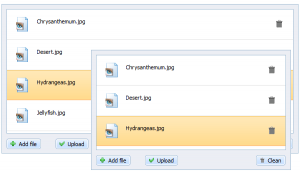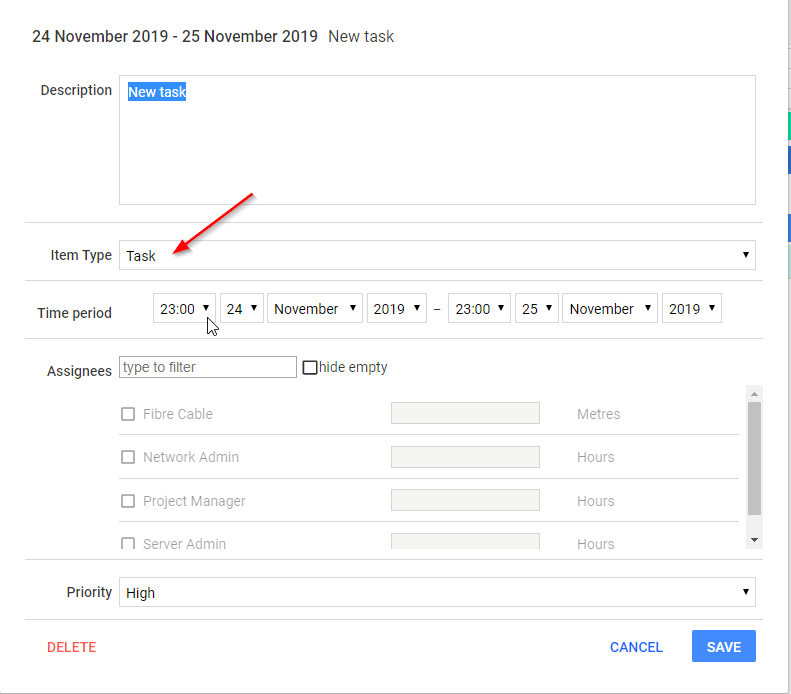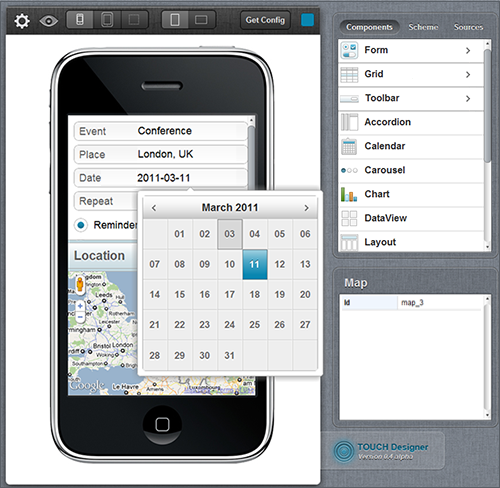

Before, Gantt charts are 100-percent manually created documents like any other printed schedule document. Today, they are also being used in software development, IT implementations, marketing campaigns, and also in scheduling processes and resources.

Major construction and infrastructure projects have been started, tracked and completed with the help of Gantt charts in project plans. Gantt charts are primary tools in project management, and therefore, are now used within many business functions as well as across different industries. Modern Gantt charts also show dependencies, or the logical link or relationship between predecessor activities and successor activities or between an activity and a milestone. Information is showed with a listing of elements such as milestones, activities, deliverables or work breakdown structure that have start and end dates, as well as horizontal bars that may show percent-complete shadings of the work progress. A Gantt chart provides a graphic schedule of how a project is planned and controlled, and how progress towards the different stages of the project is recorded. Gantt charts are named after Henry Gantt, an American engineer and management consultant who developed this type of bar chart in the early 1910s. Best Project Management Huts & Articles for 2023.Best Human Resources Management Software.Best Agile & Scrum Project Management Software.

Best Billing & Invoicing Management Software.Best Project Portfolio Management Software.


 0 kommentar(er)
0 kommentar(er)
